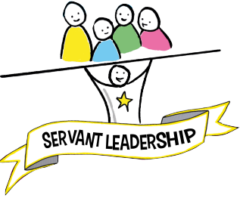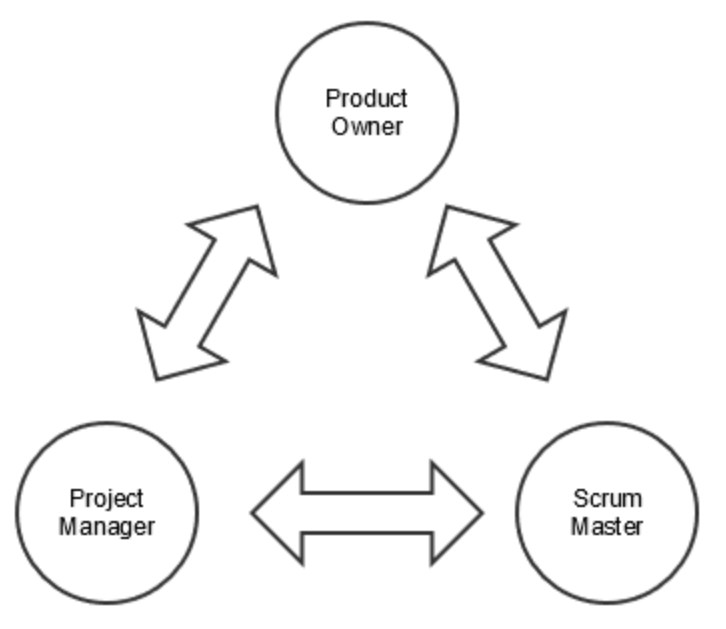
Often I’ve asked myself the question, “If a servant leader is focused on the group, and a difficult decision needs to be made, doesn’t this bring up a natural dichotomy?” Or, more to the point, isn’t a servant leader supposed to use gentle methods to foster healing and growth?
Wisdom from the Founder
Gentleness, in itself, is not always kindness. The act may seem hard and unreasonable to the recipient at the time, but it may be the most constructive kindness … The point is that seemingly harsh actions … produce a level of constructive tension in some cases without which it is unlikely that the individuals involved will surmount their own life problems
Robert K. Greenleaf, The Requirements of Responsibility
Robert correctly identifies the forcing of “constructive tension” into a person can honestly change the direction of their life.
While it would be easy to retreat into a simple analogy such as making children eat despised vegetables for their own health, there is a more profound element to a servant leader’s dilemma – the exercise of foresight.
Included in all of us — areas where we haven’t considered, general biases from past experiences, latent unhelpful ways, direct challenges — these all move toward spots in which we either ignorantly or willfully press on. Outside views, wisely accepted, can countervail and move us past these gaps. Finding solid servant leaders, giving them license to advise, allows us to move past or accelerate over these blocks.
Sometimes you even make enemies
However, sometimes as a servant leader, we are forced to intervene in situations where we are not invited. This corrective stance, though skillfully deployed, has the potential to hurt feelings and damage relationships.
It is deeply disappointing to the servant leader when these come about, and no amount of reflection can assuage the guilt inherent.
However, wisdom from Proverbs intervenes, putting us back on the balance:
Faithful are the wounds of a friend;
profuse are the kisses of an enemy.
Proverbs 27:6 (ESV)
Intentional wounding, with the counterbalance of healing, defines the activity of servant leadership; those without the fortitude will only compliment.
Summing it Up
Using all the skills of Servant Leadership (including Listening and Empathy), and focusing on the growth of the person will allow these tough decisions to be made, conceptualizing a future in which the person can move forward, unencumbered and free.




